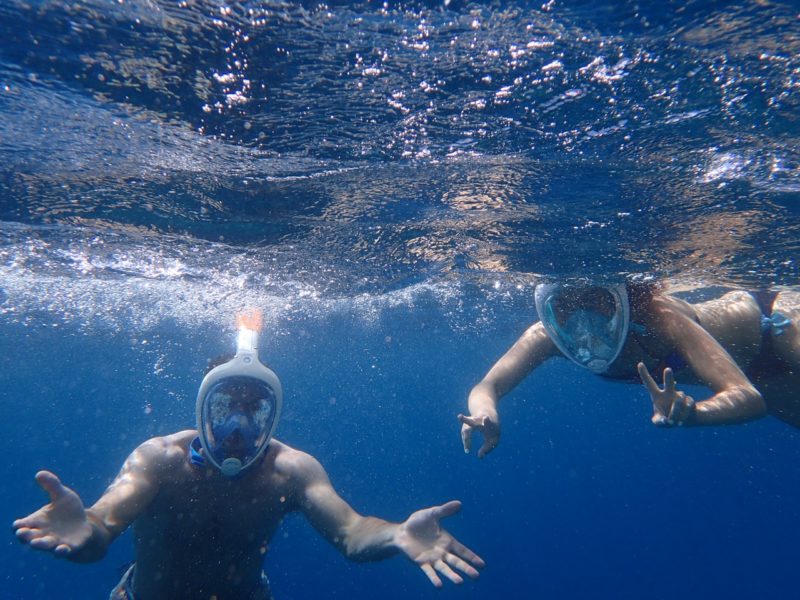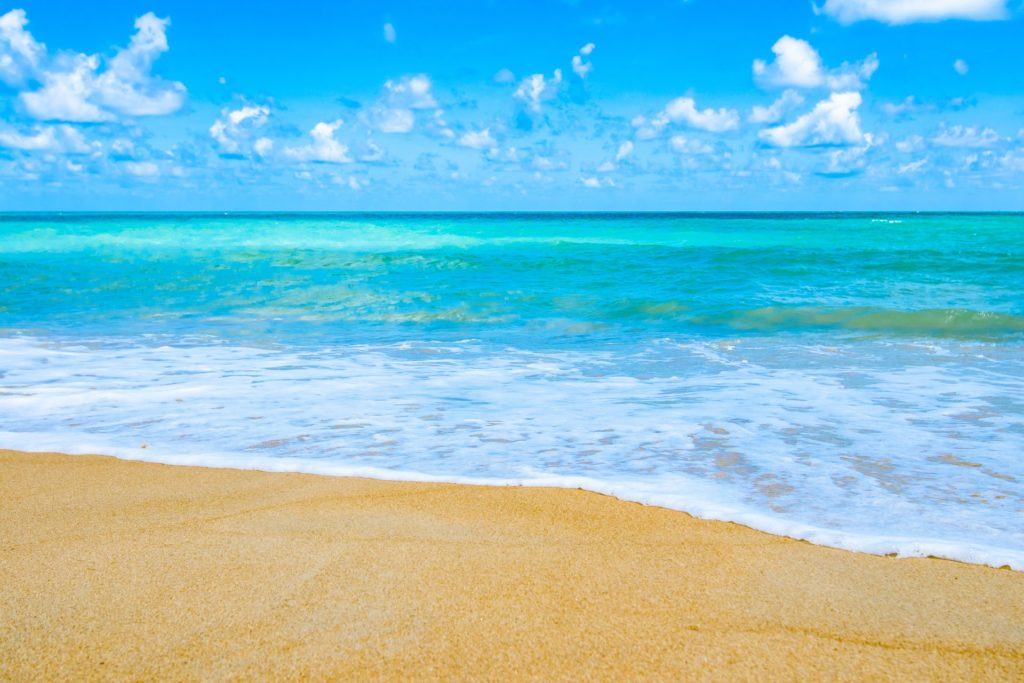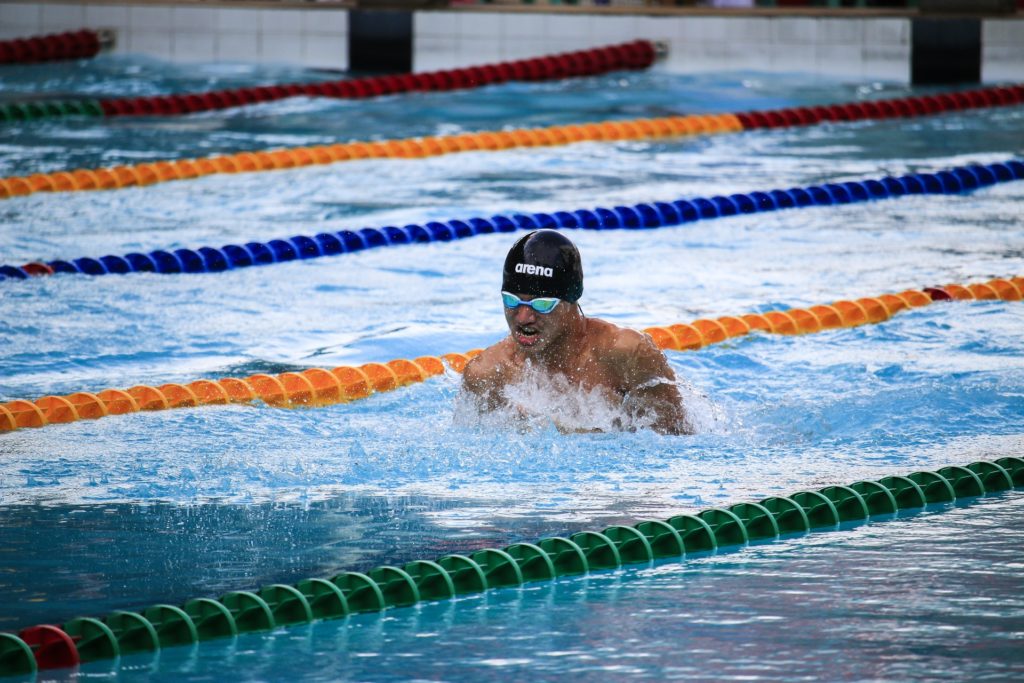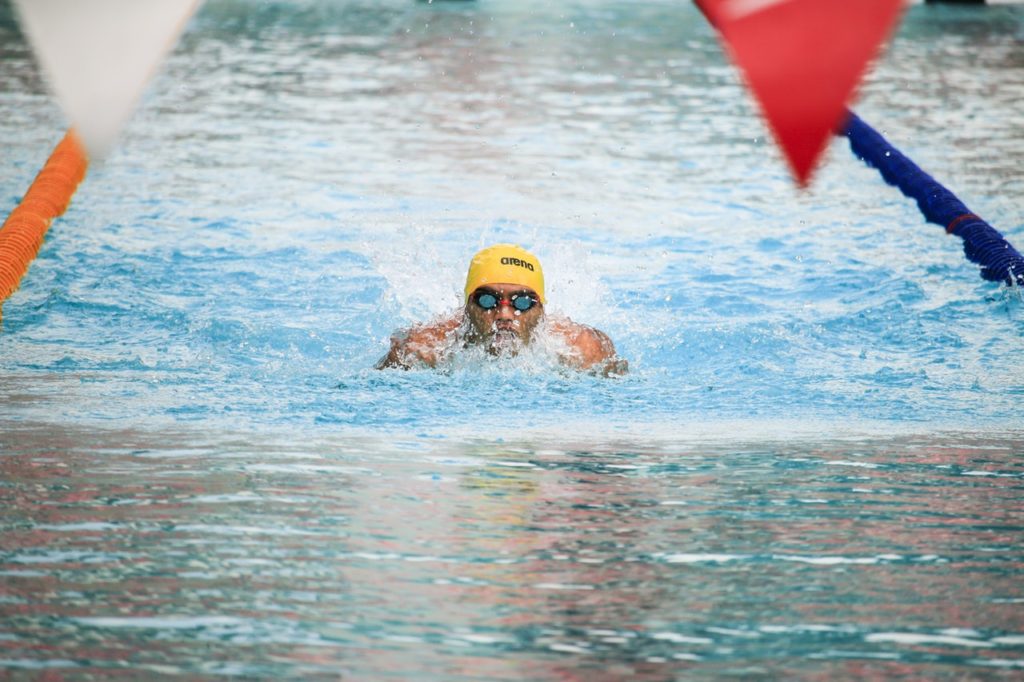The main summer season for open water swimming is from May until October.
An open water swim training session is typically endurance based, where you swim a suitable distance based on the water temperature. Often open water swim session goals are completing a set distance, getting used to the water temperature, and practising your stroke in varying conditions. As the water temperature increases your distance should increase as well. For each training session keep a log of the distance you have swum, the water temperature and how you felt.
For beginners the ideal water temperature for open water swimming is over 11 degrees, although everyone reacts differently to water temperatures. We suggest using the guidelines below for appropriate distances in different temperatures, but remember everyone is different and you should also taken into account the air temperature and any chill from the wind.
Suggested open water swimming distances and water temperatures:
- 11 degrees – 500 metres max swim
- 12 degrees – up to 1000 metres swim
- 13 degrees up to 1600 metres swim
- 14 degrees up to 2000 metres swim
- 15 degrees and over – 2000 metres +
(Only experienced open water swimmers will swim under 15 degrees for any distance without a wetsuit)
During an open water training swim you can also practise the following:
- Sighting – this is where you lift your head up out of the water to see in which direction you are going. You should be able to lift your head forward and up until your eyes are clear of the water to pick out a point to aim for, such as a marker buoy.
- Swimming next to other swimmers – by ‘sighting’ and looking at swimmers next to you as you breathe, you should be able to swim without constantly crashing into other swimmers.
- Swimming around buoys – practise doing right and left hand turns and also U-turns around buoys without slowing down too much.
The basic rules for swimming outdoors are:
- Don’t forget your common sense! You need to be aware of the safety issues where you choose to swim.
- Try and find other experienced swimmers in your area, they will be able to advise on good places to swim. You should avoid swimming around places including busy harbours, boating piers, jet ski parks, rivers in flood, man-made weirs, canals and fishing areas.
- Don’t swim alone, swim with others so you can keep an eye on each other.
- Use a tow-float, this increases your visibility to boat users and other swimmers, if you get cramp you can hold onto it. The are dry bag versions so you can take your car keys or clothes with you.
- When you find a section of water to swim in, make sure you have a safe place to enter and exit the water.
- When you start swimming, check to make sure you can easily spot where you started from, this will make it easier when you want to exit the water.
- Wear a bright coloured hat so you are more visible when swimming.
- When you go for a swim, make a note of where you have started from, look for land marks that will be visible from the water.






